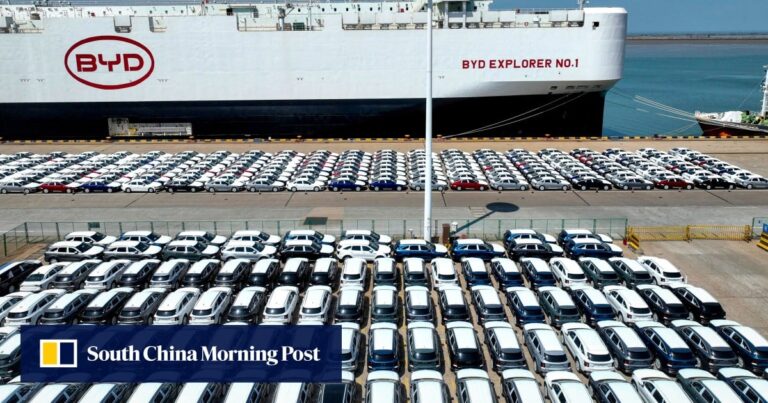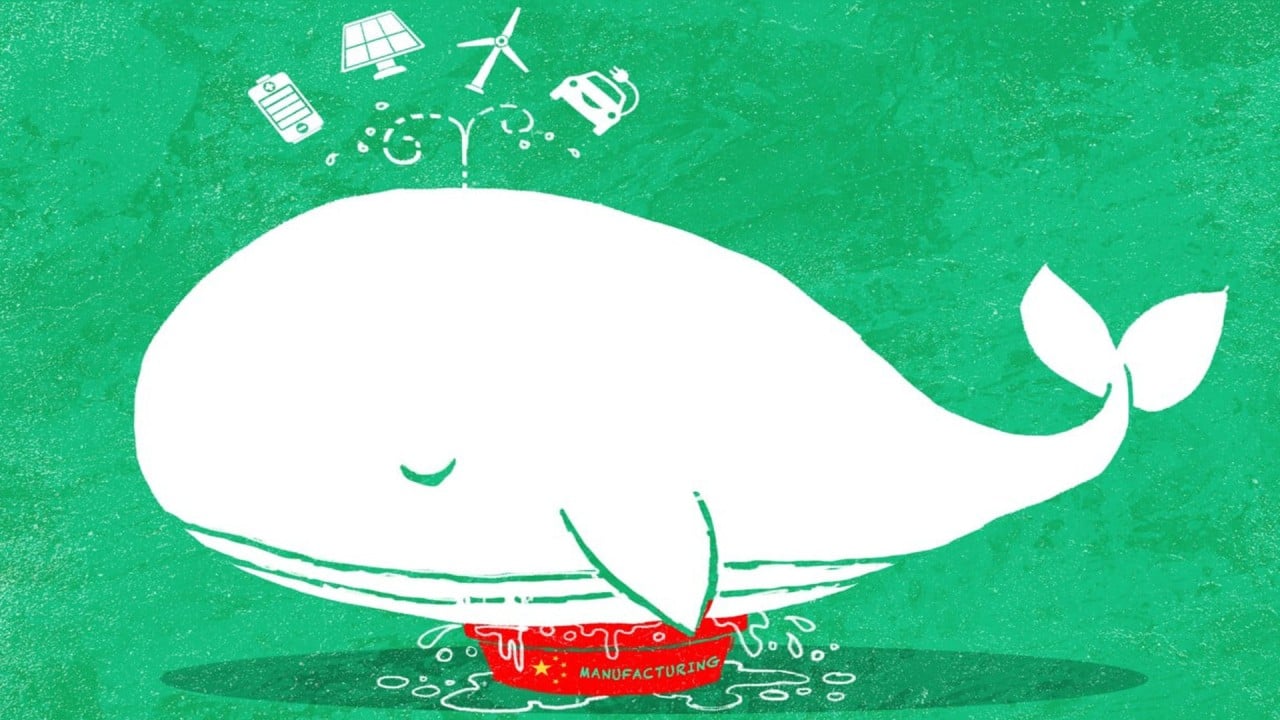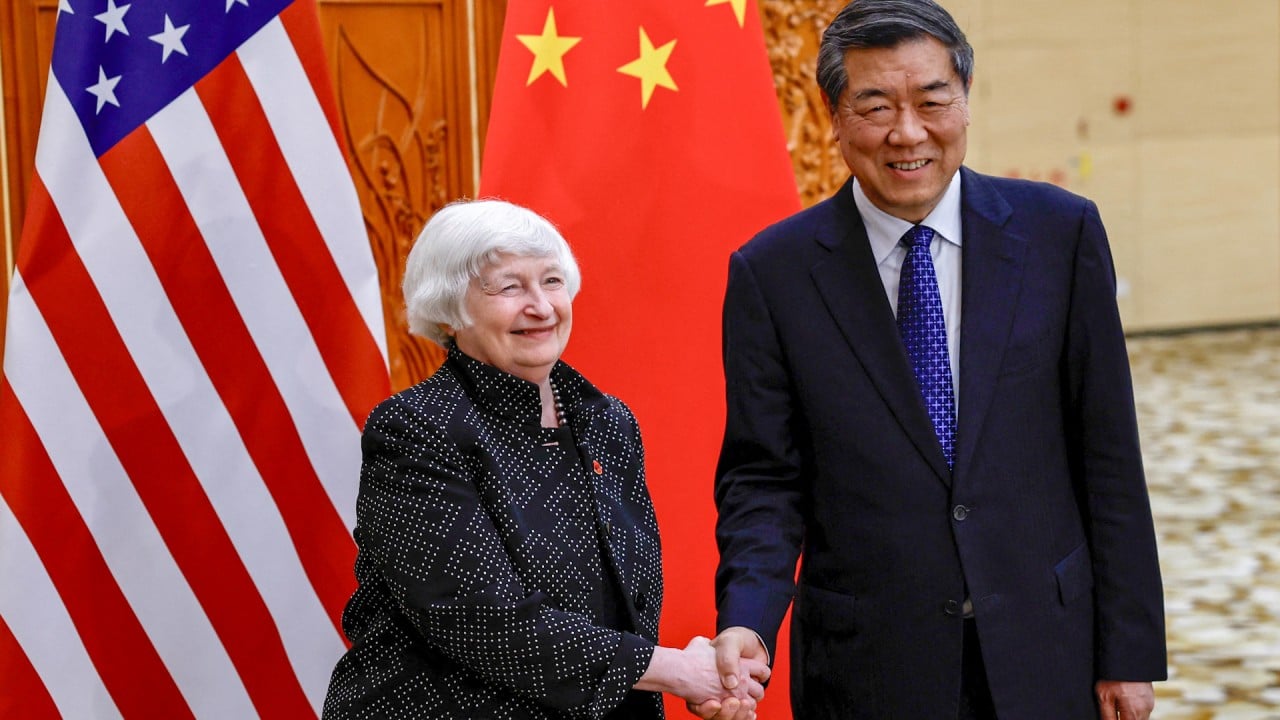“This so-called overcapacity is a sham, and ‘undue anxiety’ is what it is,” the report said, adding that the United States and its allies are trying to contain China’s competitive sector out of concern for their own industrial development. He said that he was using this kind of accusation to his advantage.
China dominates the global market for electric vehicles, solar panels, and lithium batteries, all technologies that are central to the transition to a greener future.
The Chinese government has identified these industries as new export pillars with sufficient growth potential to shift the economy from mass production of traditional low-value-added goods such as clothing and home appliances to advanced manufacturing. It is regarded as
Amid the overall export slump, China exported 1 trillion yuan (US$138 billion) worth of products in these three categories last year, representing about 30% growth from 2022, official data showed. .
Anti-subsidy investigations into Chinese EV and wind turbine manufacturers are underway in the European Union, while the United States has also launched a Section 301 investigation into China’s maritime, logistics and shipbuilding sectors, where China has increased its influence in recent years. did.
The issue is a regular point of friction in meetings with Chinese officials and European and Western officials.
And as Mr. Blinken’s visit ended on Friday, Yang Tao, director of the North American and Oceania Affairs Bureau at the Chinese Foreign Ministry, said that accusing China of excessive industrial production and exports meant that “the United States is working on protectionism. “This is another example of suppressing China’s development.” ”.
“Unfortunately, the “excess” is not China’s production capacity, but America’s anxiety,” he said.
The message of Xinhua’s editorial was echoed by Economic Daily on Sunday, which argued that accusations of overcapacity were intended as “another excuse” for protectionism.
He said that the proportion of exports in China’s EV production is low. “Export prices are also in line with market rules, and there is no ‘dumping’ issue at all,” he said.
The article argued that the reason China’s new energy industry was able to export so much was not because it produced too much, but because it was highly efficient.
For example, he said China’s EV sector is already operating at near full capacity. BYD, Tesla’s Shanghai factory, and SAIC Motor Corporation were operating at around 80% capacity utilization, while South Korea’s Hyundai Motor and Kia Motors were operating at just over 20%.
“In recent years, the capacity utilization rates of China’s leading new energy vehicle companies have far exceeded the industry average.”



